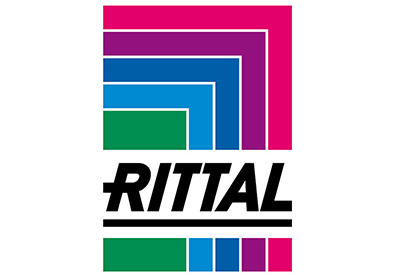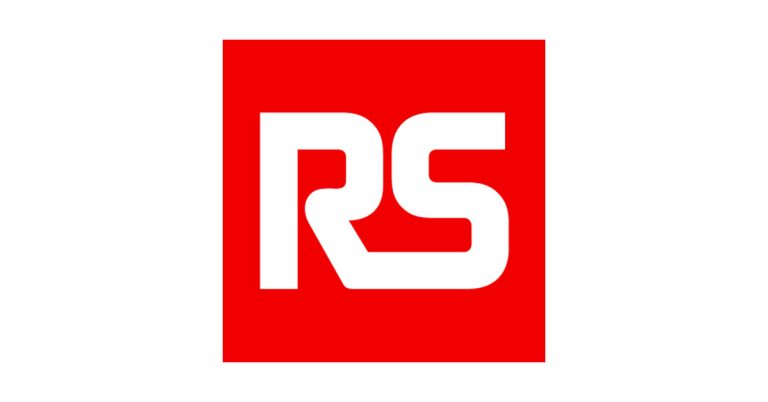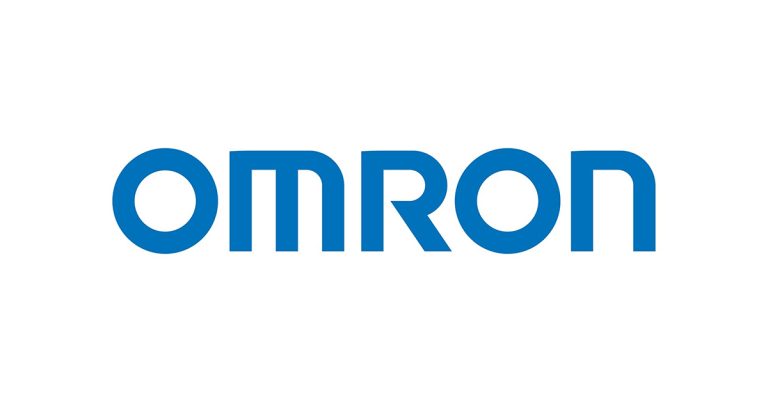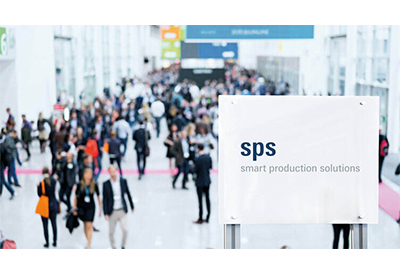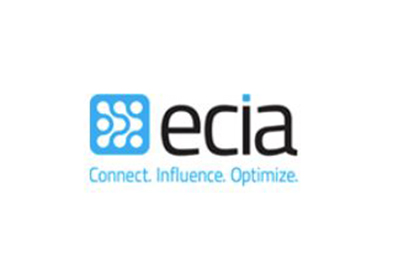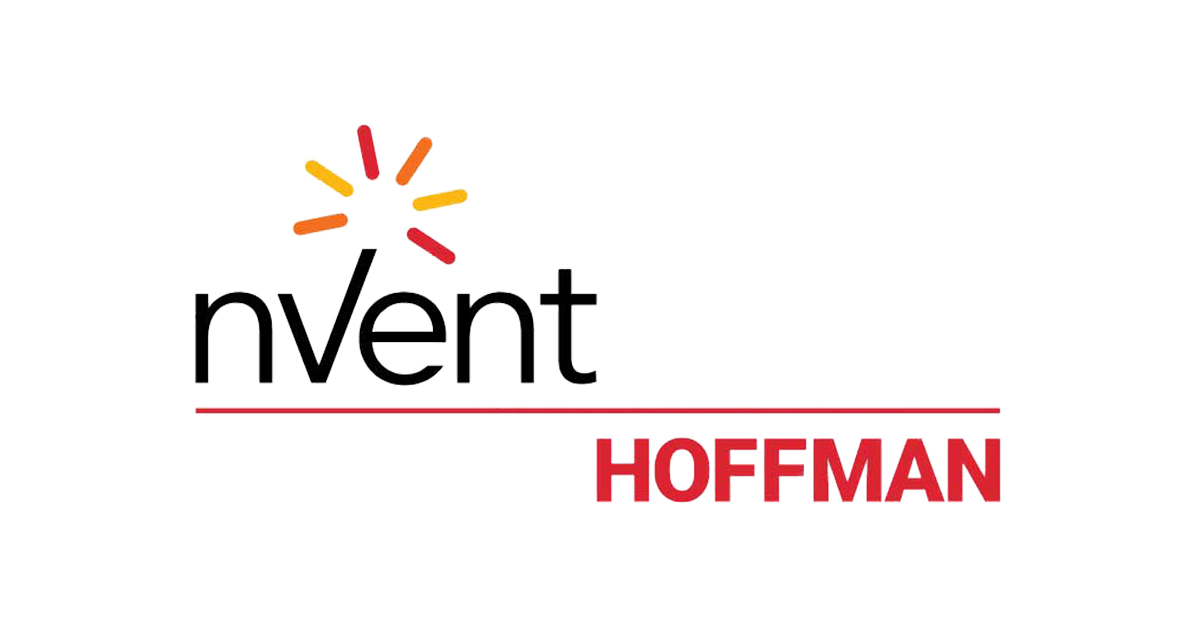Siemens and Merck Drive Forward Modular Production in Industry
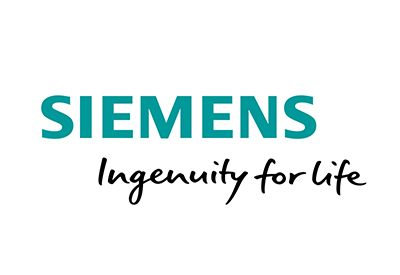
November 30, 2020
Siemens and science and technology company Merck will work together in future at Merck’s headquarters in Darmstadt to develop a technical backbone for the modular production of the future. The aim is to create a production line that flexibly combines various individual process modules and to use Modular Type Packaging (MTP) and Process Orchestration Layer (POL) technology to drastically reduce engineering effort. At the same time, it should be possible to adapt quickly to process requirements. With its integrated product range covering all production levels (field to MES), Siemens is able to provide all the necessary hardware and software components from its own product portfolio.
“We know that new production plants have to be more flexible and more efficient in order to support faster product changes. We are therefore delighted to be partnering with Merck. This will create new opportunities for us to drive forward modular production and to meet growing requirements for chemical and pharmaceutical processes in our joint development work,” says Eckard Eberle, CEO of Siemens Process Automation.
“Merck has a global production network, in which we want to roll out this modular technology. In Siemens, we have found a global partner, with which we can implement this. We are pleased to advance digitalization in production in a joint collaboration with Siemens,” says Hajo Neumann, Executive Vice President and Head of Integrated Supply Chain within Performance Materials at Merck.
This collaboration benefits both companies in terms of the integration of technologies as well as expertise and services. External module manufacturers will also benefit from the standardized MTP interface for other end customers.” The production plant for the collaboration is implemented using the Siemens Simatic PCS neo control system and the Simatic S7-1500 TIA (Totally Integrated Automation) solution for the individual modules. Simatic PCS neo meets all requirements for orchestration of the plant and desired operation, while the TIA solution ensures the efficient interaction of all automation components. The VDI/VDE/Namur 2658 standard, currently still in development, will also be included.
![]()

